When you drift off to tropical Hawaii in your imagination, there’s a few things that will probably paint the picture in your mind’s eye. Crystal clear waters, exotic beaches, jungle-draped mountains and, of course, tropical flowers. The islands are full of dazzling flowers that seem to bloom year round. Not only are flowers growing everywhere, they’re part of the dress code. Floral leis and a flower behind the ear have cultural significance, and floral patterns are an important part of local fashion. What many visitors (and even some residents) don’t necessarily know is that few of the flowers often associated with Hawaii are native to the islands. I will cover some of the native flowers in a future blog, but today I want to tell you about the ones that don’t originate in Hawaii, but have become part of the landscape thanks to their beauty.
Plumeria
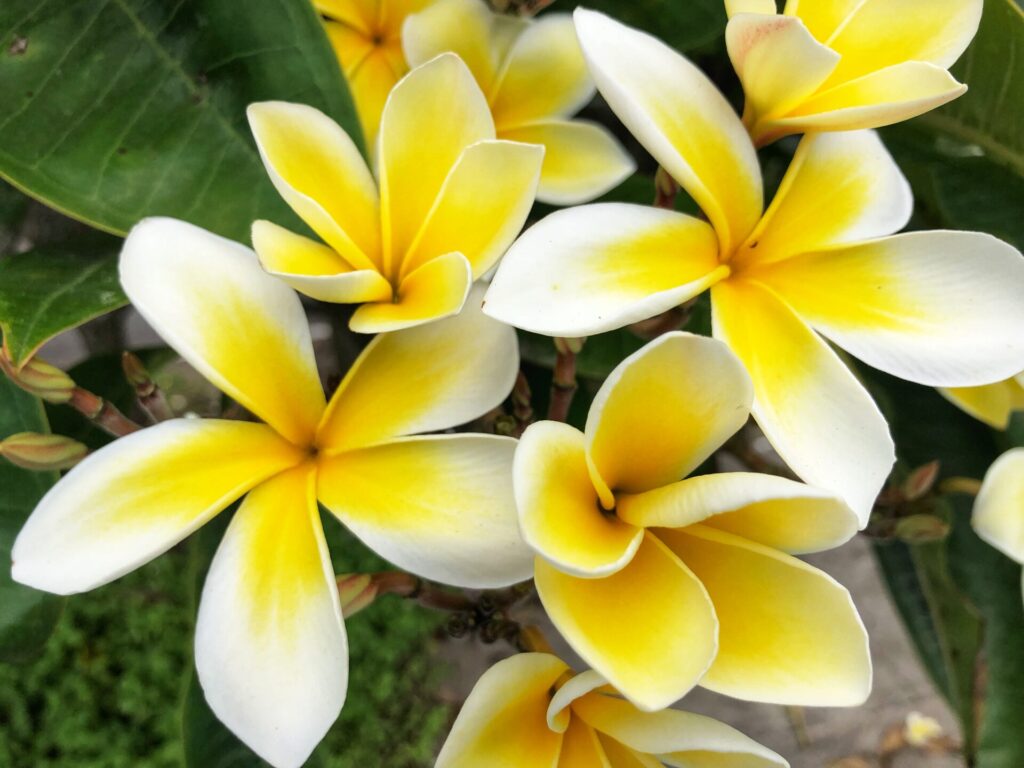 Probably the most well known flower for lei in Hawaii is the plumeria. The range of colors is eye catching, the scent is sweet but not overpowering and the structure is perfect for lei making. (The base is a hollow tube, exactly what you need for stringing the blossoms together.) Plumeria is so ubiquitous across the islands and incorporated into so much art and imagery, you’ll be forgiven if you think it’s from Hawaii. Turns out, the plumeria’s native range is Central and South America. You might hear it called melia when in Hawaii, and it’s also called frangipani in some parts of the world. (If you call it that in Hawaii, you’ll probably get more confused looks than anything.) Note that plumeria is poisonous, especially the sap. You won’t see it used as garnish in drinks or food for this reason. The range of colors of the blossoms is pretty impressive. White with a yellow center is probably the most common, but the flowers can be pink, maroon and light orange. The trees flower most prominently in spring (around April and May), but since it can grow from sea-level up to around 3,000 feet, there’s a chance you can see some blooming any time of year. If you’re keen to put a plumeria behind your ear, know that if you put it behind your left ear it means you’re taken, while a flower behind the right ear means you’re single.
Probably the most well known flower for lei in Hawaii is the plumeria. The range of colors is eye catching, the scent is sweet but not overpowering and the structure is perfect for lei making. (The base is a hollow tube, exactly what you need for stringing the blossoms together.) Plumeria is so ubiquitous across the islands and incorporated into so much art and imagery, you’ll be forgiven if you think it’s from Hawaii. Turns out, the plumeria’s native range is Central and South America. You might hear it called melia when in Hawaii, and it’s also called frangipani in some parts of the world. (If you call it that in Hawaii, you’ll probably get more confused looks than anything.) Note that plumeria is poisonous, especially the sap. You won’t see it used as garnish in drinks or food for this reason. The range of colors of the blossoms is pretty impressive. White with a yellow center is probably the most common, but the flowers can be pink, maroon and light orange. The trees flower most prominently in spring (around April and May), but since it can grow from sea-level up to around 3,000 feet, there’s a chance you can see some blooming any time of year. If you’re keen to put a plumeria behind your ear, know that if you put it behind your left ear it means you’re taken, while a flower behind the right ear means you’re single.
Shower Tree
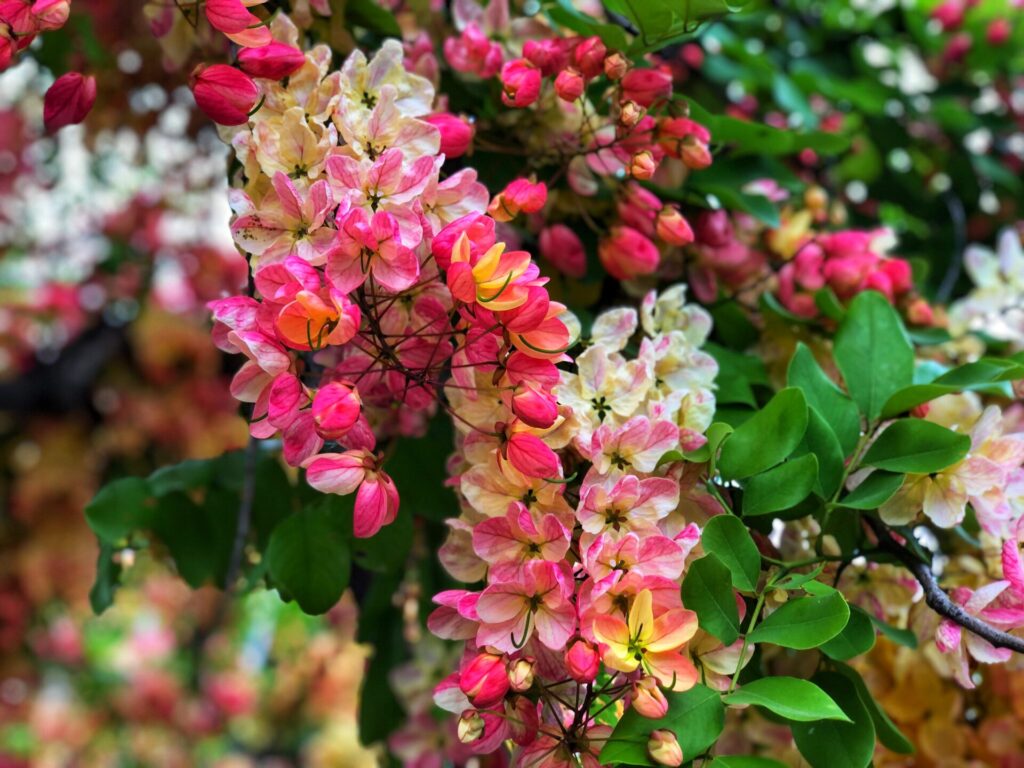 One of the most popular ornamental plants across the islands is also one with a relatively unknown name—the shower tree. Originally from Asia, this colorful tree is found across the islands as a decorative plant along roadsides, parking lots and parks. It produces a dizzying amount of flowers from around June to October, shedding them continuously so that they shower the ground around the tree with petals—hence the name. It comes in a range of colors, each a special hybrid that is named for its dominant color. (The type with bright yellow flowers is called a “golden shower tree”—another name that can elicit confused looks from anyone in earshot.) The favorite across the islands seems to be the Rainbow Shower Tree (pictured here). The Rainbow Shower Tree is also the official tree of the City of Honolulu, where you can find many examples nearly any place where there’s some landscaping.
One of the most popular ornamental plants across the islands is also one with a relatively unknown name—the shower tree. Originally from Asia, this colorful tree is found across the islands as a decorative plant along roadsides, parking lots and parks. It produces a dizzying amount of flowers from around June to October, shedding them continuously so that they shower the ground around the tree with petals—hence the name. It comes in a range of colors, each a special hybrid that is named for its dominant color. (The type with bright yellow flowers is called a “golden shower tree”—another name that can elicit confused looks from anyone in earshot.) The favorite across the islands seems to be the Rainbow Shower Tree (pictured here). The Rainbow Shower Tree is also the official tree of the City of Honolulu, where you can find many examples nearly any place where there’s some landscaping.
Jacaranda
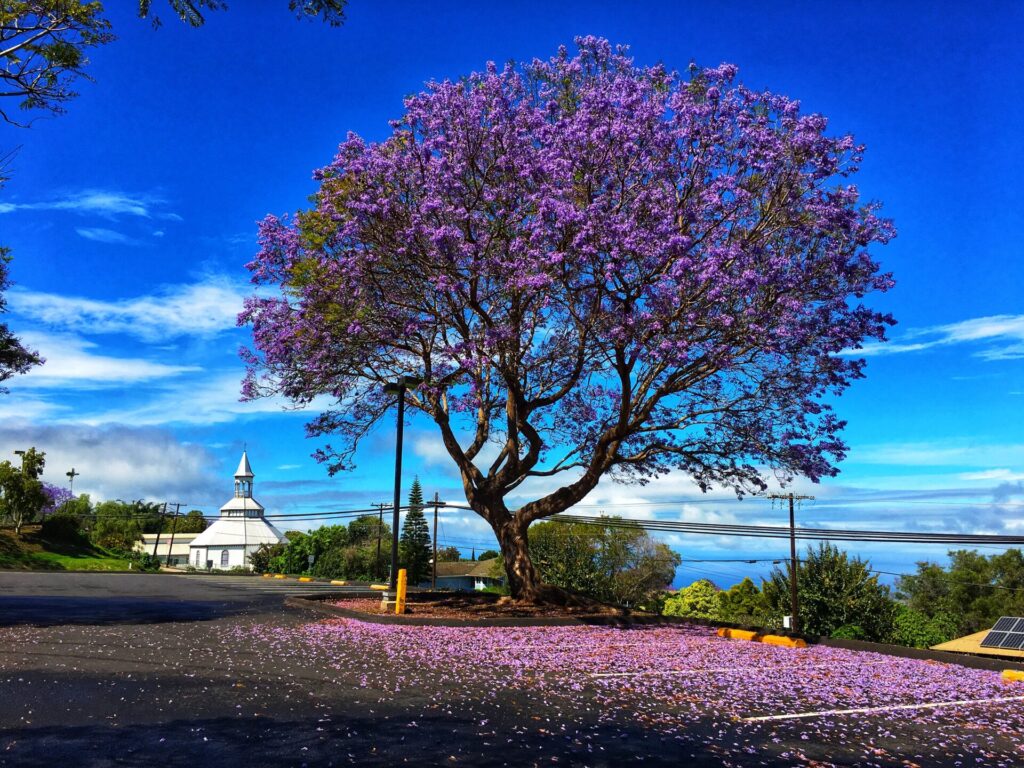 While this flowering tree isn’t as widespread in Hawaii as those mentioned above, it puts on such a show that I had to include it here. Drive around the Upcountry area of Maui or Waimea on the Big Island in the spring time and you’ll be greeted with spectacularly purple roadside scenery. Jacaranda trees bloom from around March to June, depending on the elevation you find them. (Lower elevations begin to bloom first.) Originally from South America, these trees can be found in tropical areas around the world. I have seen them even in hot and flat Florida, but it’s these cooler, higher elevations that they seem to do best in and give the best show. Some of the trees become so overloaded with blossoms that they seem replace their leaves with flowers and glow with color. If you’re lucky enough to be visiting Maui or Big Island in May, be sure to take an Upcountry cruise to see the show.
While this flowering tree isn’t as widespread in Hawaii as those mentioned above, it puts on such a show that I had to include it here. Drive around the Upcountry area of Maui or Waimea on the Big Island in the spring time and you’ll be greeted with spectacularly purple roadside scenery. Jacaranda trees bloom from around March to June, depending on the elevation you find them. (Lower elevations begin to bloom first.) Originally from South America, these trees can be found in tropical areas around the world. I have seen them even in hot and flat Florida, but it’s these cooler, higher elevations that they seem to do best in and give the best show. Some of the trees become so overloaded with blossoms that they seem replace their leaves with flowers and glow with color. If you’re lucky enough to be visiting Maui or Big Island in May, be sure to take an Upcountry cruise to see the show.
Torch Ginger
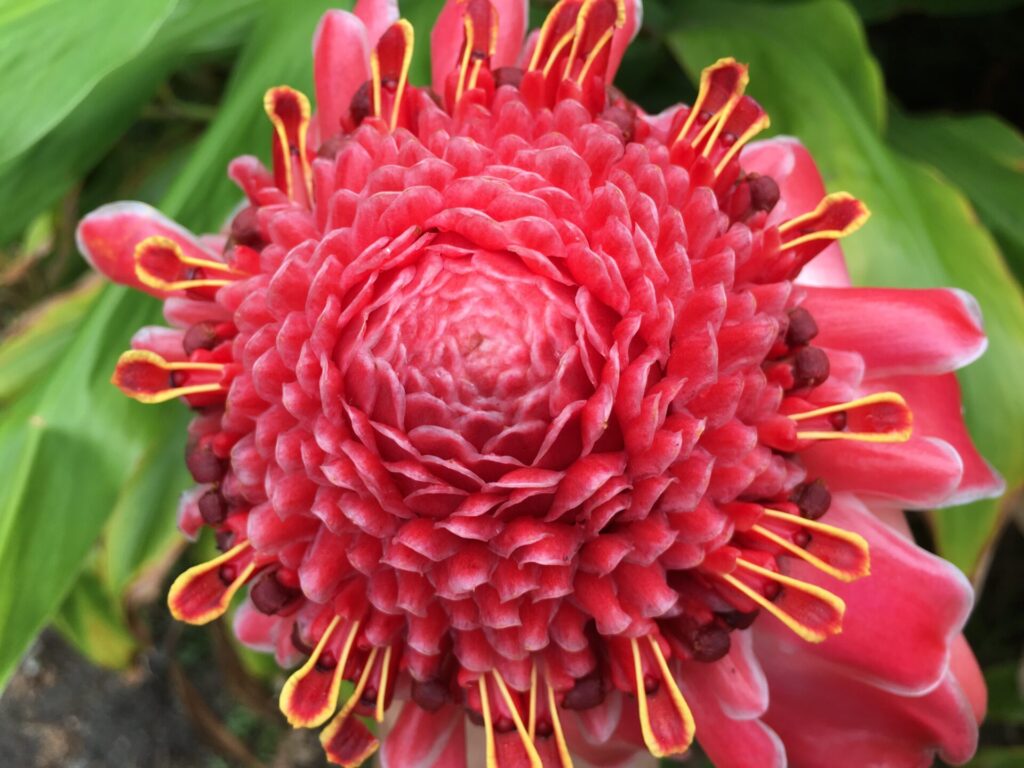 There are many varieties of ginger growing in Hawaii, but the biggest with the most eye-catching flower is the torch ginger plant. While some species of ginger were introduced by the Polynesians (the Hawaiian name is ‘awapuhi and include both medicinal and utilitarian varieties), torch ginger was brought here from Southeast Asia in the early to mid-20th century as an ornamental. Many of the ginger species introduced in Hawaii have become an invasive scourge in windward rainforests, and the torch ginger is included in that list. The huge stalks of this ginger can grow to be 20 feet tall, choking out much of the plant life around it in the process. Despite the destructive nature the plant has on native plant communities, the blossom of the torch ginger is a real show stopper. Ranging from bright red to purple-pink, it’s easy to see why the flame-like flower is compared to a lit torch. This is another spring bloomer, but depending on the local conditions, it can flower just about any time of year. You can find them in many botanical gardens across the state, or in jungle-like conditions along many windward coasts. Maui’s Hana Highway, Big Island’s Hamakua Coast, the north shore of Kaua‘i and the windward gardens of O‘ahu are all prime spots to find torch ginger.
There are many varieties of ginger growing in Hawaii, but the biggest with the most eye-catching flower is the torch ginger plant. While some species of ginger were introduced by the Polynesians (the Hawaiian name is ‘awapuhi and include both medicinal and utilitarian varieties), torch ginger was brought here from Southeast Asia in the early to mid-20th century as an ornamental. Many of the ginger species introduced in Hawaii have become an invasive scourge in windward rainforests, and the torch ginger is included in that list. The huge stalks of this ginger can grow to be 20 feet tall, choking out much of the plant life around it in the process. Despite the destructive nature the plant has on native plant communities, the blossom of the torch ginger is a real show stopper. Ranging from bright red to purple-pink, it’s easy to see why the flame-like flower is compared to a lit torch. This is another spring bloomer, but depending on the local conditions, it can flower just about any time of year. You can find them in many botanical gardens across the state, or in jungle-like conditions along many windward coasts. Maui’s Hana Highway, Big Island’s Hamakua Coast, the north shore of Kaua‘i and the windward gardens of O‘ahu are all prime spots to find torch ginger.
Lu‘au
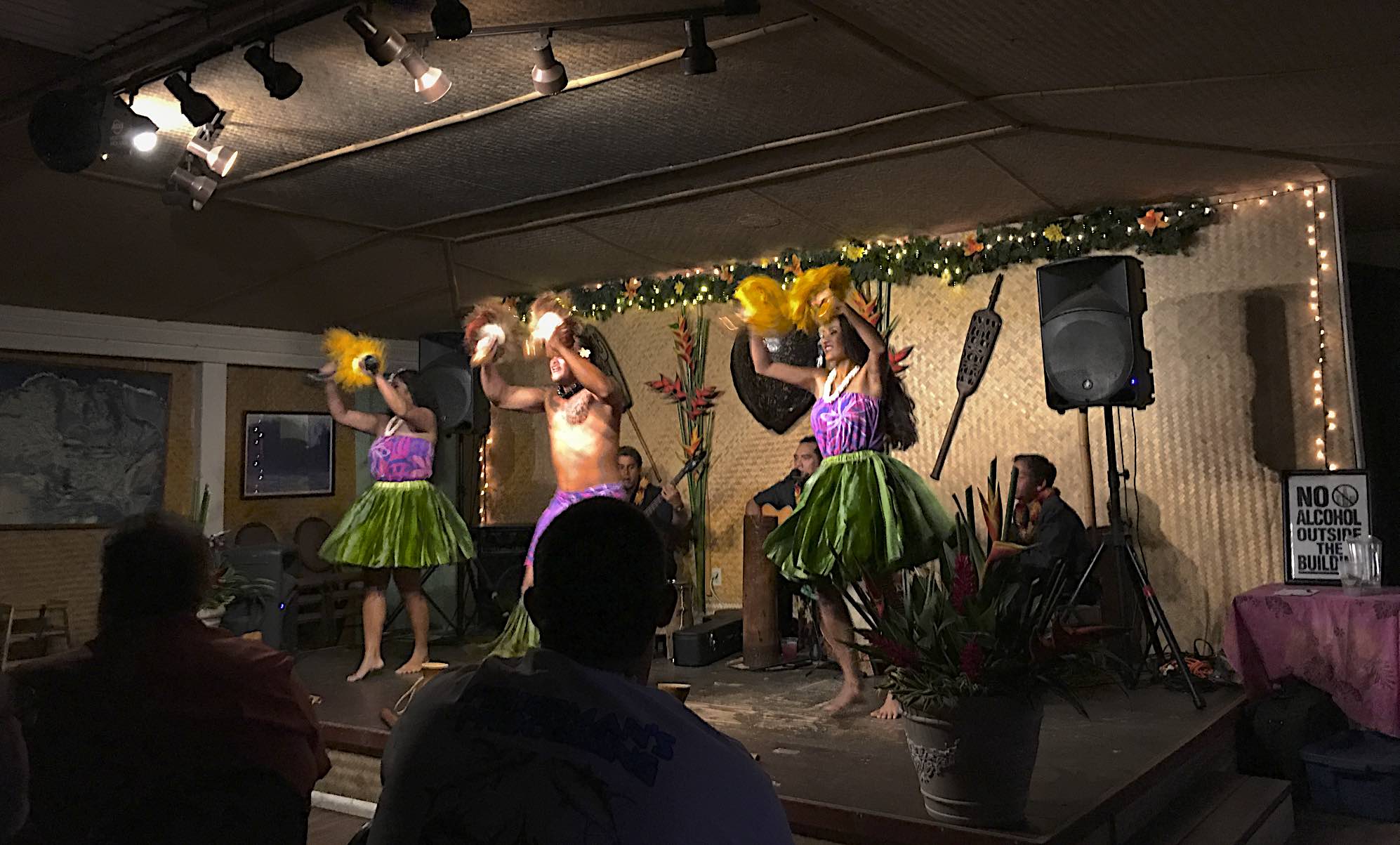
Tahiti Nui Lu‘au
Tahiti Nui Lu‘au offers a cozy setting, making you feel like part of a talented family. Instead of hundreds, the dining hall next to Tahiti Nui bar accommodates around 60 guests, creating a tight-knit atmosphere. Enjoy well-crafted mai tais and a show featuring traditional hula and Samoan fire dance.
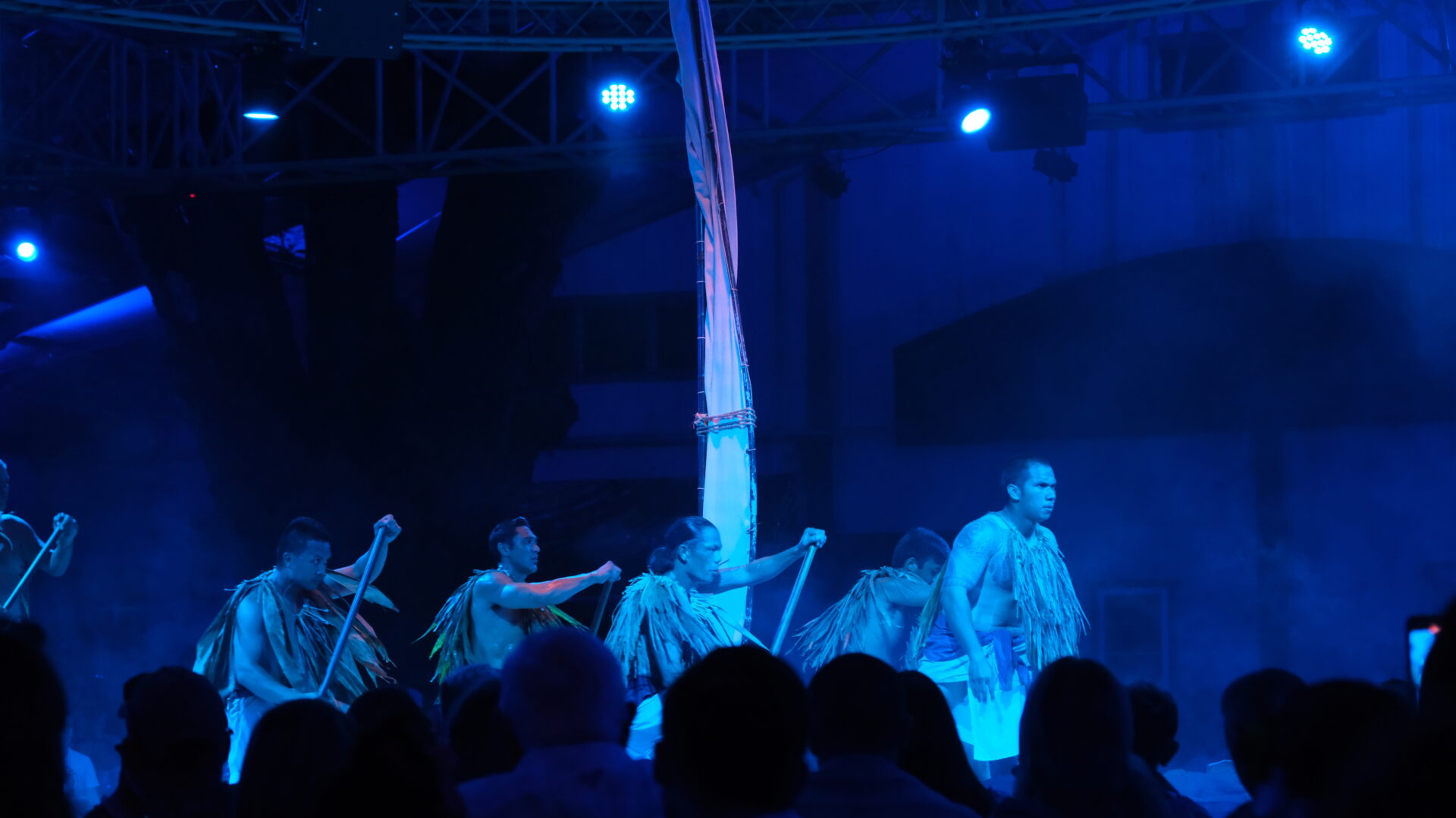
Lu‘au Kalamaku
Lu‘au Kalamaku at Kilohana is one of the largest lu‘aus in Hawaii and offers a captivating theatrical production of the Polynesian migration to Hawai‘i. Guests can explore the grounds, visit vendor booths, and enjoy a drink while waiting. Seating is assigned with good views from nearly every table. The show features energetic performances, including an exciting fire knife dance.
If flowers are your thing, Hawaii doesn’t disappoint. Spring is definitely a great time to check out the floral bounty of the islands, but with our tropical climate you won’t have to search long no matter the time of year you visit. My guides include curated botanical gardens you can visit, as well as recommendations for exploring the trails and forests where you find flowers in the wild. My believable guides will help you create unbelievable vacations.




0 Comments